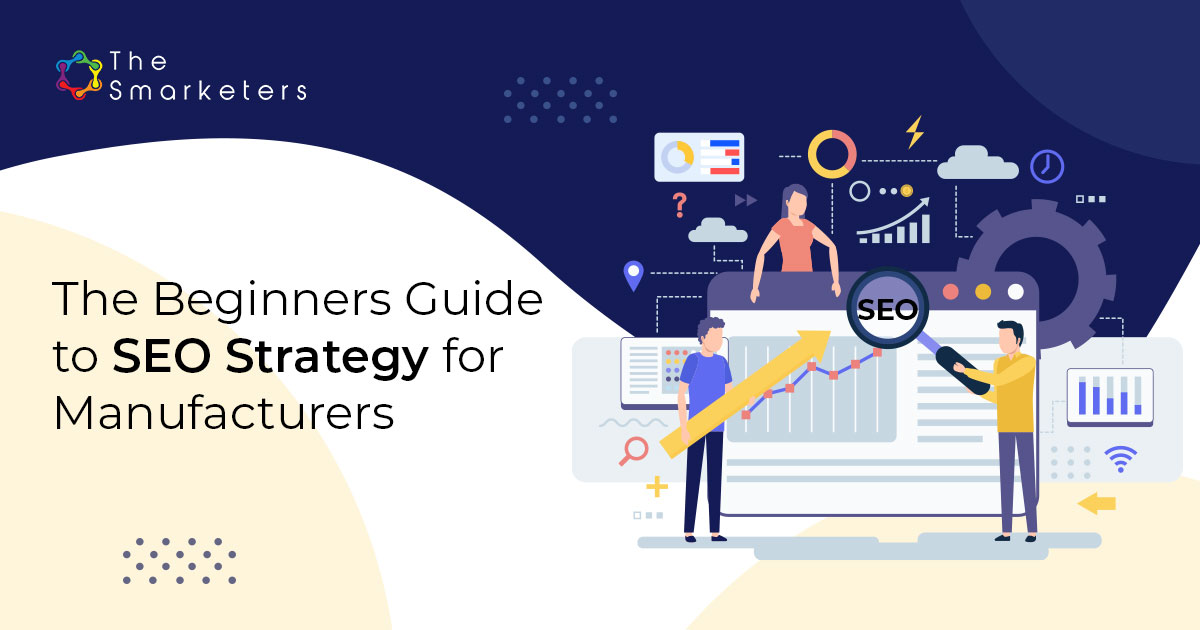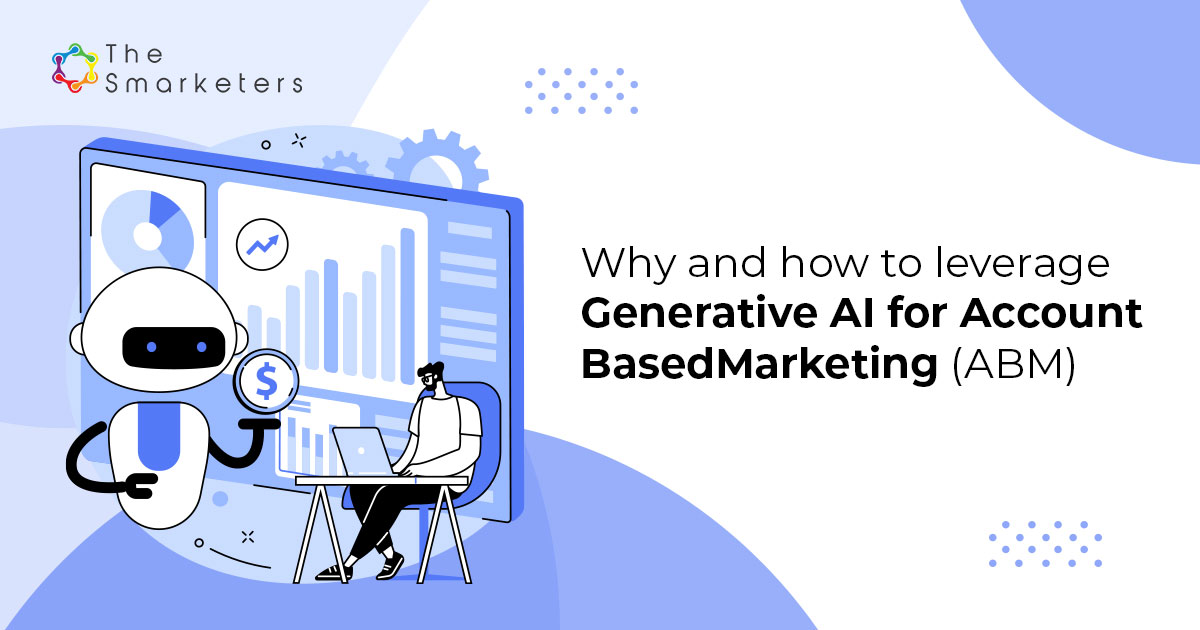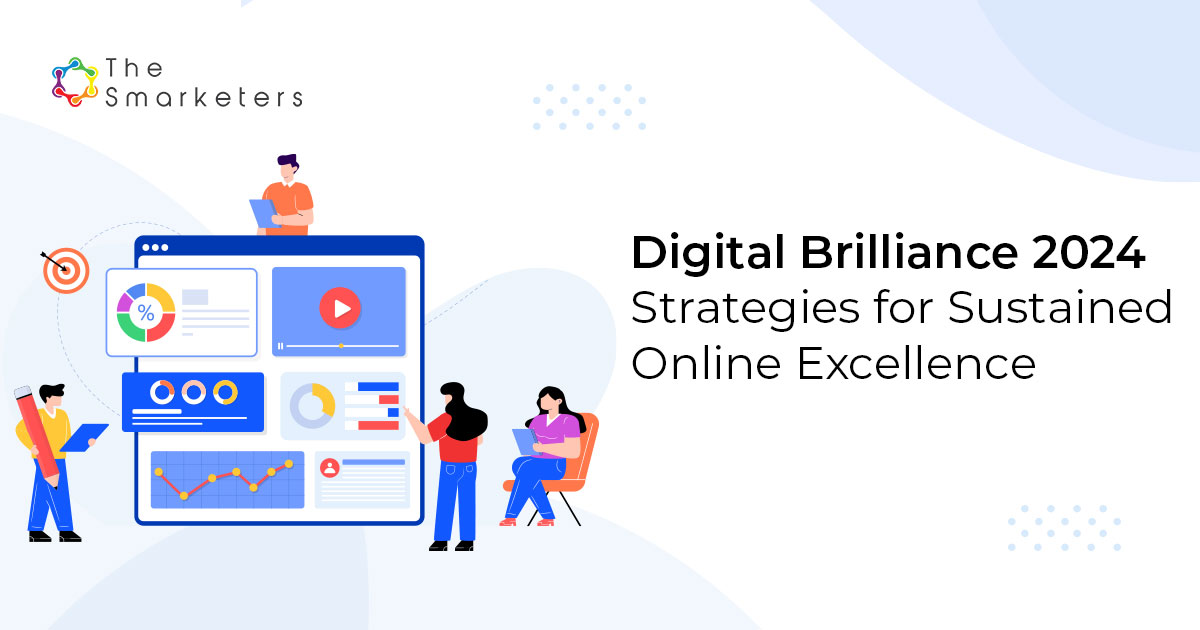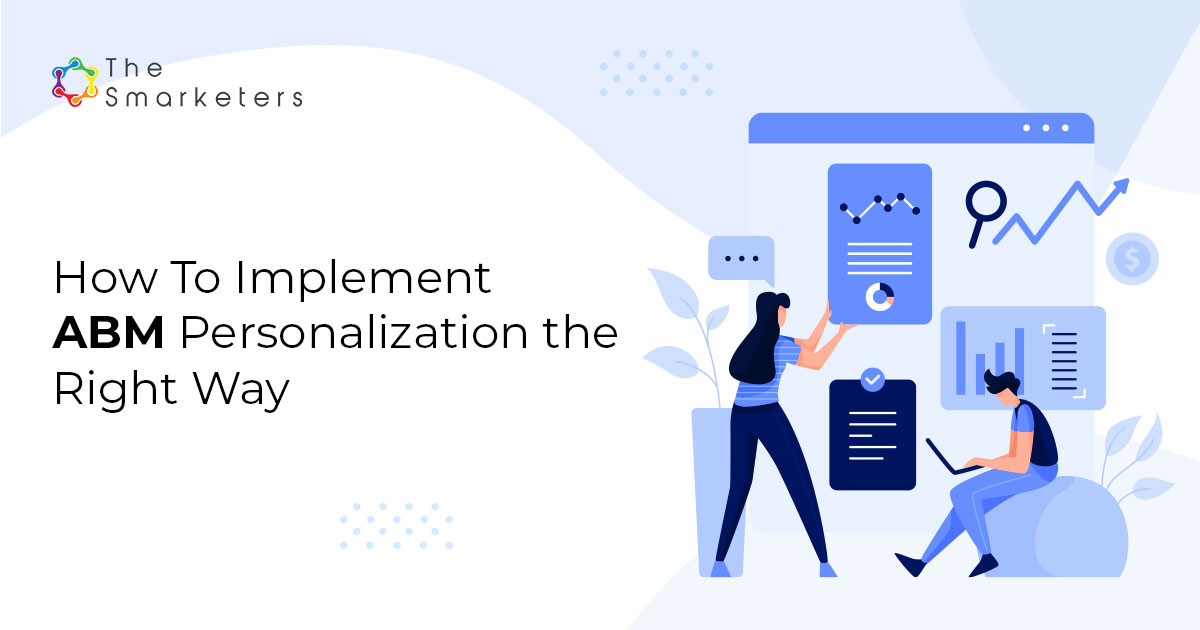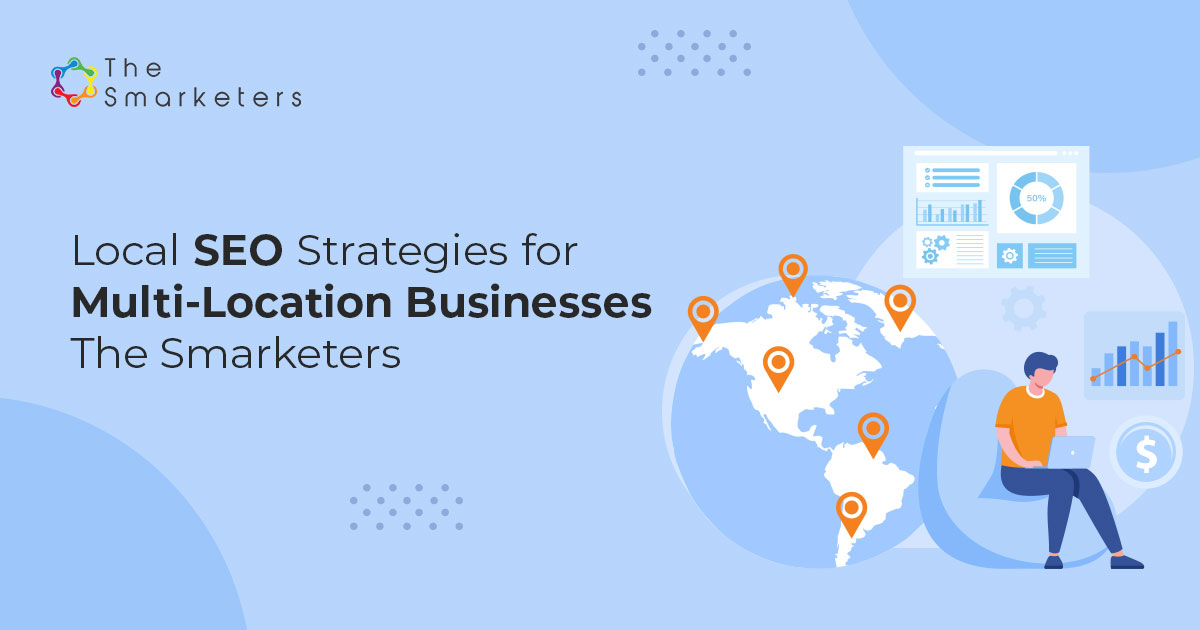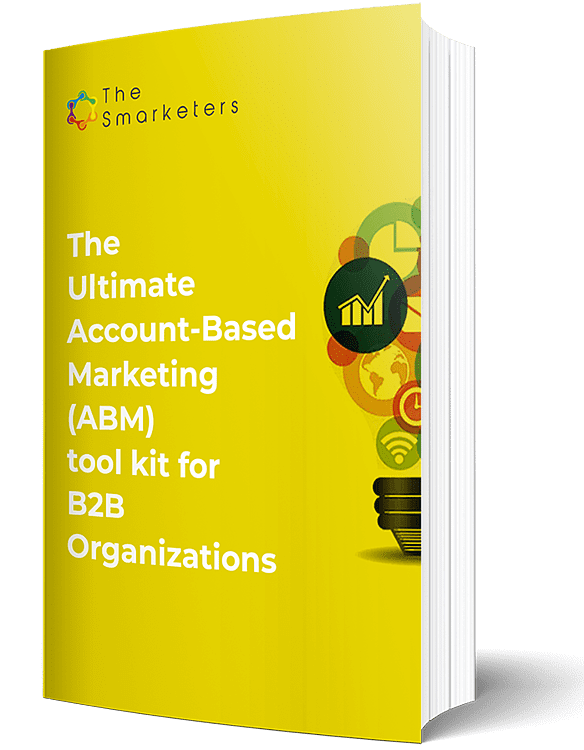My colleagues decided to send a note to each of our clients this Christmas, telling them how they contributed to our success and wishing them a great season. I saw that some of my teammates took this seriously and started preparing handwritten notes for each one of them. Though we have access to printers that can mass-produce the messages with little time spent on them, we collectively decided to make these messages special.
Personalization helps in drawing the right amount of desired attention from the customer towards your brand. While this boy was writing each one of them, the same approach is not scalable in a business scenario.
Account-Based Marketing (ABM) depends on one of its key principle— Personalization. A McKinsey report brought out that “personalization can reduce acquisition costs by as much as 50 per cent, lift revenues by 5 to 15 per cent, and increase the efficiency of marketing spend by 10 to 30 per cent”.
No matter what is the scale of marketing operations and volume of customers, one-on-one content cannot be commoditized. It has to be kept unique with each interaction. This brings you to the ‘need to scale’ personalized content. This article focuses on how to scale personalized content as a practice in ABM.
How To Create Personalized Content At Scale
Despite organizational barriers such as too few personnel dedicated to personalization, lack of a roadmap, inadequate cross-functional coordination, and others, personalized content can be scaled. We have divided this process into four major phases which have further steps of implementation.
Strategic Design:
Scaling up personalized content begins with design thinking. It is a process used by personalization leaders to identify opportunities for personalized offers or assistance across the full customer journey.
This process also includes the creation of empathy maps for each segment of the target audience or customer personas. These maps help in listing out the customer journey with great detail and scrutiny. Empathy maps drive the creation of a full cycle of the customer journey which indicates the interaction nodes that need personalized content. Jessica Cross, Head of Customer Lifecycle, AdRoll recommends, “You need to identify your personas, their pain and goals, and from there you can start crafting messaging that speaks to their pain points.”
This stage of thinking also helps in the creation of highly granular and customized triggers as contextual indicators. These triggers help the marketer create a sequence of interactions between the prospect and the brand. For the B2B marketing, it may include social media content, online chat, webinars, closed network events, or email marketing. Here is a summary of implementation steps:
- Cross-functional design thinking session.
- Customer profile segmentation.
- Creation of Empathy Maps for each customer persona.
- Creation of full cycle of customer journeys.
- Creation of custom triggers for each journey.
- List out channels of interaction for the creation of personalized content.
- Create a flow of complete communication across each journey path.
The strategic design saves you a lot of time in the long run. Andreas Botero, CMO of Aria Systems shares here experience, “She starts out at the industry level and crafts an industry-type message, then they refine with some account-specific information. You can create a message for 50 or so in an industry then add something personal, but it takes care of 80-90% of the initial effort.”
Data & Analytics:
With personalization, the scale closely relates to heterogeneous data. Making sense of the scattered, disparate data is what brings cohesion to the whole sequence. With ABM, the data team should be able to create proprietary datasets for personalized content.
Once, patterns of customer profiles are identified, the data analytics team should be able to provide insights to the content team, about personalization opportunities. Integration of real-time data across these patterns can help in distributing personalized data using the existing data. The step-by-step process for this includes:
- Gathering a list of data sources for inputs.
- Create a list of inputs.
- Identify and create different data sets.
- Identify patterns for content personalization.
- Create a list of personalization opportunities.
- Integrate real-time data with the identified patterns.
- Create distribution channels corresponding to the personalized content.
Tech Integration:
The technology adopted to implement personalized content at scale should be able to support existing and emerging technologies. These technologies include voice recognition and augmented reality, mobile, or any other hardware device. Technology reduces the cost of managing millions of data points over a single account-based marketing campaign.
ABM experts recommend the use of website personalization tools, ad personalization tools, physical gifts, mailers, marketing automation tools, and programmatic retargeting messaging tools. In B2B interactions, personalization may also occur at periodic engagement events.
Here is a brief list of tools you could get started with right away.
People & Process:
The teams working on the personalization of content cannot be completely defined. And, here lies the challenge. While ideating the customer journey, cross-functional, internal team coordination should also be considered. These aspects expedite the creation of personalized content. Here is where sales and marketing teams need to coordinate with each other to discuss the identified opportunities to personalize content.
Here are a few things you could try to incorporate while orienting people and reconfiguring processes to suit content personalization.
- Orient cross-functional teams to identify content personalization opportunities. This includes product managers, customer support executives, sales personnel, and marketers.
- Expedite campaign creation process, by standardizing content expectations.
- Integrate data analytics and content creation process.
- Create room for content experimentation.
- Embrace technologies such as artificial intelligence, machine learning, chatbots, VR, and AR to implement personalized content.
- Use templates for decentralization of content production.
CallMiner is combining broader marketing email messages with templated personal messages from reps, as well as more traditional forms of direct mail.
The use of personalized content facilitates in production of meaningful communication, establishing deeper relationships, and increasing conversion rates and revenues. The impact and potential of ABM are fully realized with the implementation of personalized content.
As a part of the content solutions that we provide, we offer help with content creation for personalized campaigns. We also design models that can templatize your content needs, helping you to scale your content faster. Feel free to share the content challenges that you are facing during the implementation of ABM to info@thesmarketers.com. We will be happy to solve them for you.




